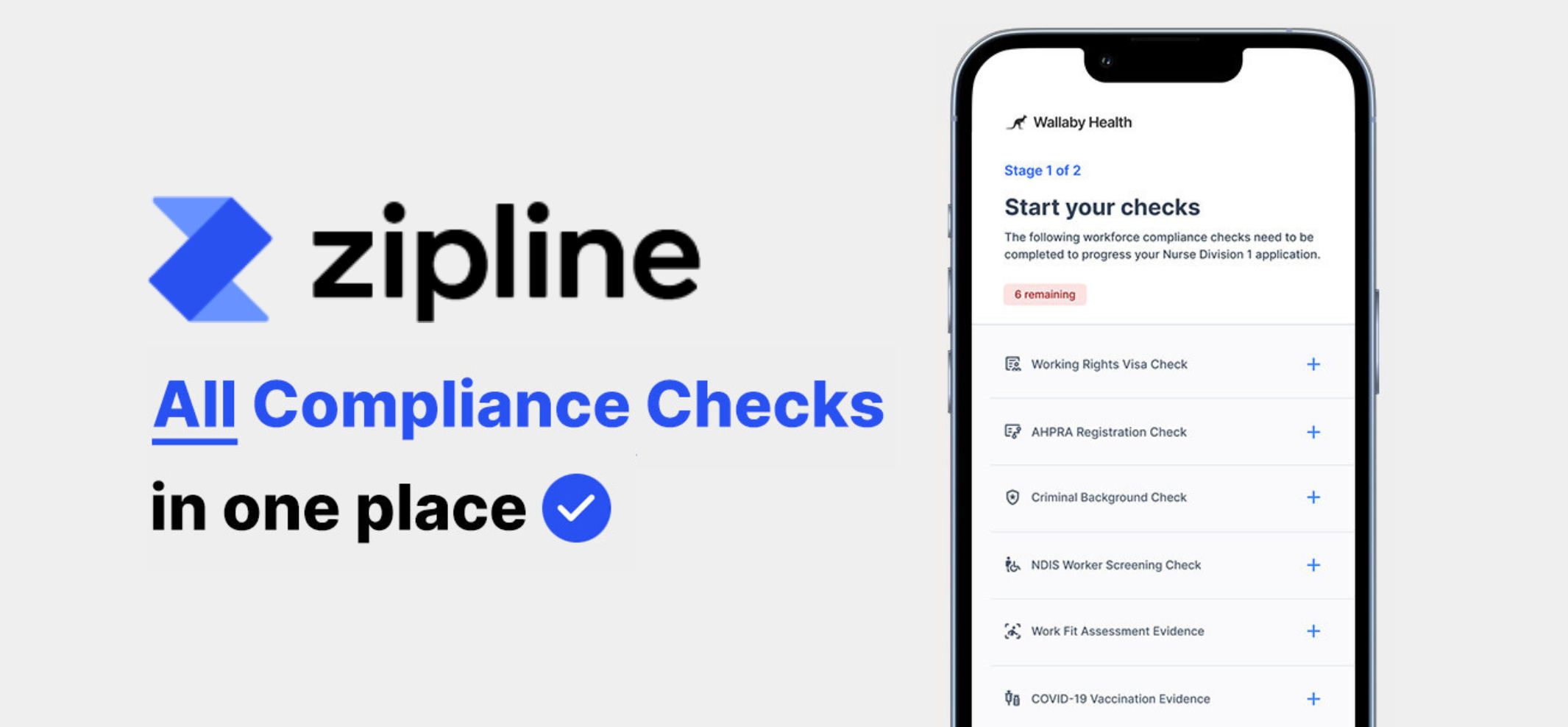Two days before Christmas, the Federal Government announced the specialised teams who assess senior Australians for home care will be streamlined and privatised. These changes are proposed for 2021.
In the last financial year, approximately 443,000 older people were assessed for a home care service nationally.
In my opinion, this recent proposal overlooks the real bottleneck which is the inability to meet the demand of seniors needing home care services. Assessors can make countless assessments, but if there is a lack of services, then the efficiency of the assessment process seems diminished.
What is the ACAT assessment?
Aged Care Assessment Team (ACAT) ACATs are teams of medical, nursing and allied health professionals who assess the physical, psychological, medical, restorative, cultural and social needs of frail older people and help them and their carers to access appropriate levels of support.
Current home care assessment process
People needing help in the home can book to have an assessment by contacting MyAgedCare.
MyAgedCare essentially triage the call based on the proposed needs of the person. If the need sounds like low care is required, then MyAgedCare will arrange for the Regional Assessment Service (RAS) to attend the person. If the needs sound comprehensive and complicated, then the Aged Care Assessment Team (ACAT) will deliver the home assessment.
Essentially the personnel at MyAgedCare will determine which team is deployed.
The RAS team is responsible for entry-level home care. This team was privatised in 2015. There are 17 RAS teams nationally. In the last financial year, the RAS team completed approximately 60% of the assessments.
This compares to the government–owned services which supports 80 ACAT teams who undertake assessments for more complex needs and if people are eligible, will place people on a national prioritisation list to access funding for home care services.
As an aged care advisor my experience engaging with representatives from both teams has been positive. With each conversation, they have been helpful, professional, empathetic and efficient. Sure, there are always expectations, for example before contacting me, one client was waiting four months for an ACAT assessment. This was fixed with a quick phone call.
In fact, I have been hugely grateful to many members of both teams as they help navigate the system.
The bottleneck is access to timely home care services
What is needed are more services to meet the demand of the elderly Australians requiring home care.
To date, around 63,000 people eligible and waiting for a home care package. Wait times for higher packages are over 12 months. Several home care packages were realised in 2019, however there still remains a gap.
Consequently, most people are accessing an entry–level home care program in the interim, under the Commonwealth Home Support Program (CHSP). There are 840,000 people accessing these entry–level services via RAS. The frustration here is the shortage of services, especially for domestic assistance, personal care, home maintenance and transport.
Streamlining processes for assessment does have merit, however, if we are to prioritise our efforts in–home care, then focusing on relieving the real bottleneck should be our priority.
Luisa Capezio, Director at Phillips Wealth Partners, accredited aged care professional™
"Striving for positive change, challenging the status quo and delivering the best result for the people that I represent are three areas from which I draw my motivation" - Luisa Capezio
Specialising in Aged Care Navigation and Placement, Luisa has over twenty years experience in the healthcare sector across multiple therapeutic areas. Tertiary education includes science, marketing and a masters of public health.
Luisa has a particular interest and specialisation in aged care models of care and dementia. Empowering older Australian’s with the right information to make independent choices is important to Luisa. She also enjoys speaking on a broad array of topics in this sector.





















